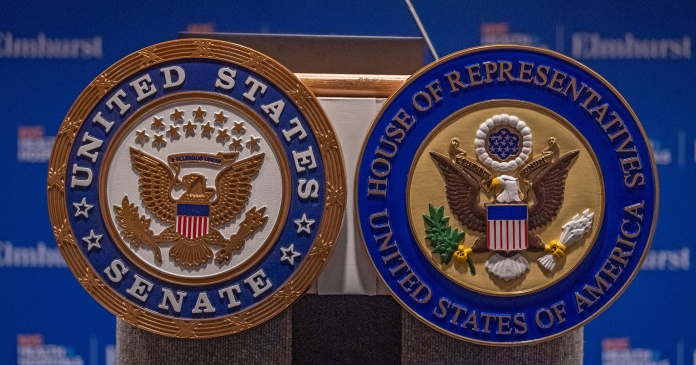
The Fair Housing Act turned 50 this year. The charter that began with government-mandated racially-balanced communities has paved the way for today’s organically derived communities where Americans of different races, for the most part and of their own volition, choose to live side-by side. However, whereas racial segregation is declining, economic segregation is rising. And the widening division of economic classes, the shrinking middle class, the lack of affordable housing, and other fundamentals tied to communities of all colors seeking to live amongst their own economic class may be harder to engineer away in a performance-based society.
A 2016 study by education researcher Sean F. Reardon and two colleagues examined the black–white achievement gap in schools and their related metros across the country. They found that racial segregation, in and of itself, is not correlated with a wider black–white gap in student performance. Nor does the percentage of black students correlate with academic success. What is significant is the extent to which black students are exposed to poverty.
The correlation between segregation and achievement may occur “because racial segregation generally leads to racial disparities in exposure to poor classmates,” they write. Research from 2007 also found that, while metro areas with greater neighborhood segregation have greater SAT-score gaps, “much of the effect of neighborhood segregation operates through neighbors’ incomes, not through race per se.”
Stanford economist Raj Chetty’s research supports these findings, as well. When a family moves to a better socio-economic neighborhood, kids’ chances of upward mobility improve. Concentrated poverty holds black kids back, even in integrated schools (though black students still fare at least marginally better in integrated schools).
The many chapters of the Fair Housing Act
Signed by Lyndon B. Johnson on April 11, 1968, the Fair Housing Act required suburbs to build public housing in middle-class and wealthy neighborhoods and was often tied to racially perscriptive zoning laws. Compliance was leveraged against the loss of federal funding.
In 2015, the Obama administration introduced Affirmatively Furthering Fair Housing (AFFH) or “disparate impact.” This ruling required municipalities to “take significant actions to overcome historic patterns of segregation, achieve truly balanced and integrated living patterns, promote fair housing choice, and foster inclusive communities that are free from discrimination.” The ruling set out to move specific quotas of minorities into communities on the assumption that any statistical imbalance in the communities’ racial makeup was due to discrimination. The brute force of government may have been necessary to achieve racial mixing in times past, but in today’s mostly un-engineered integrated neighborhoods, it is nearly impossible to determine with such precision what is the proper racial balance, or to determine its absence is due to racism.
Current HUD Secretary Carson has been a critic of this legacy HUD policy calling it a “social-engineering scheme.” He suggests instead that the country is better served to “reinterpret it.”
At present, AFFH effectively makes HUD a parser of local demographic information with the objective of mathematically eliminating demographic segregation. Loosely based on the Fair Housing Act, many saw AFFH as just another way to expand the agency’s mission. Sec. Carson has effectively delayed the implementation of the rule into 2020.
Another rule that Carson had delayed was eventually upheld by the courts. The Obama-era HUD rule called Small Area Fair Market Rents allowed people who wanted to live in more expensive areas to receive greater housing subsidies. The rule was inherently controversial since 75 percent of qualifying low-income recipients don’t receive housing subsidies due to the limited funds available, and the rule increases subsidies to the 25 percent who have already won the housing-voucher lottery at the expense of others waiting for help. In December a federal judge ordered HUD to implement the rule.
HUD streamlines tools, drops those that don’t perform
Still, there is a march toward performance-based procedures. A computer-assessment tool with a less than perfect success rate is being withdrawn from the Department of Housing and Urban Development’s website. Launched in December, 2015, the tool was created to automate the assessment of local and state governments’ progress in correcting existing imbalances in racial housing patterns within their communities. Complying with demographic targets remains a requirement to receive certain federal funds from HUD. It was thought that smaller communities lacked full enforcement, in part, due to the lack of resources needed to perform such analysis.
The impetus behind the tool was to help smaller communities prepare a HUD mandated Assessment of Fair Housing. However, after finding that many communities who used the tool failed to create an acceptable assessment despite their best efforts, HUD decided to withdraw the tool. HUD will be reviewing the tool with the goal of making it easier to use and more useful in helping communities meet their fair housing goals.
“We believe in furthering fair housing choice in our neighborhoods, but we have to help, not hinder, those who have to put our rules into practice,” said Anna Maria Farias, HUD assistant secretary for fair housing and equal opportunity.
Housing activists are preparing a lawsuit to fight the removal of the assessment tool.















